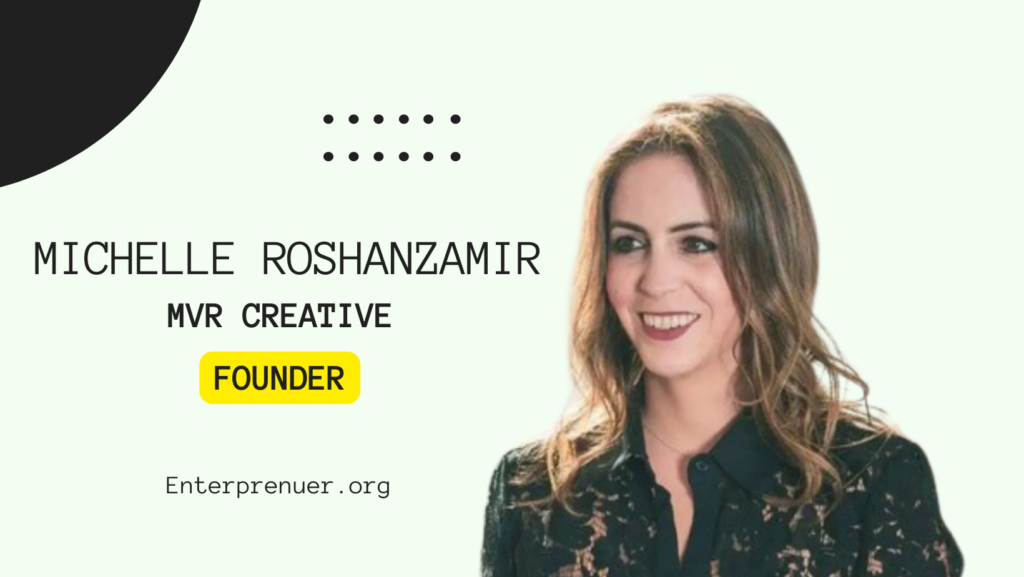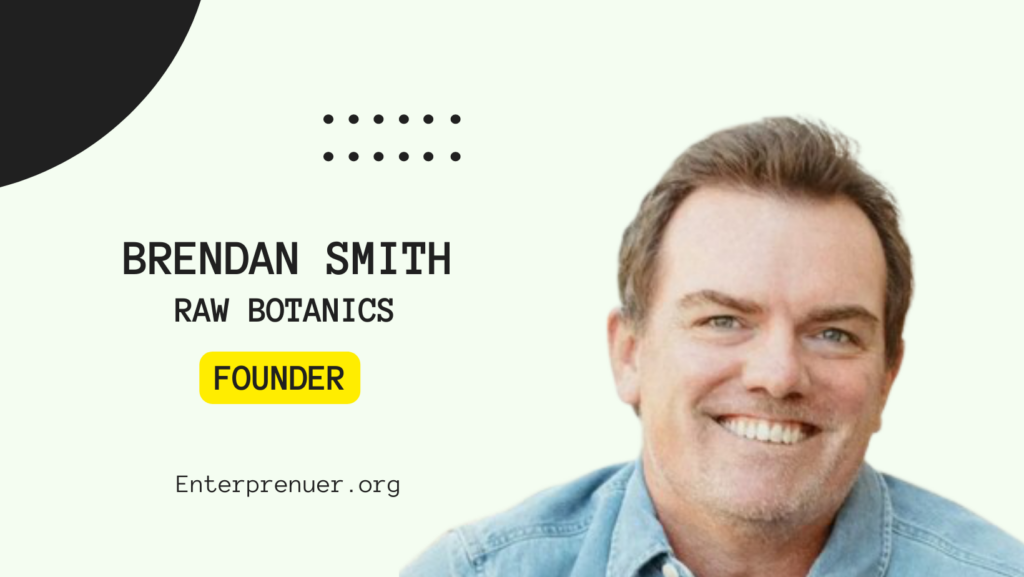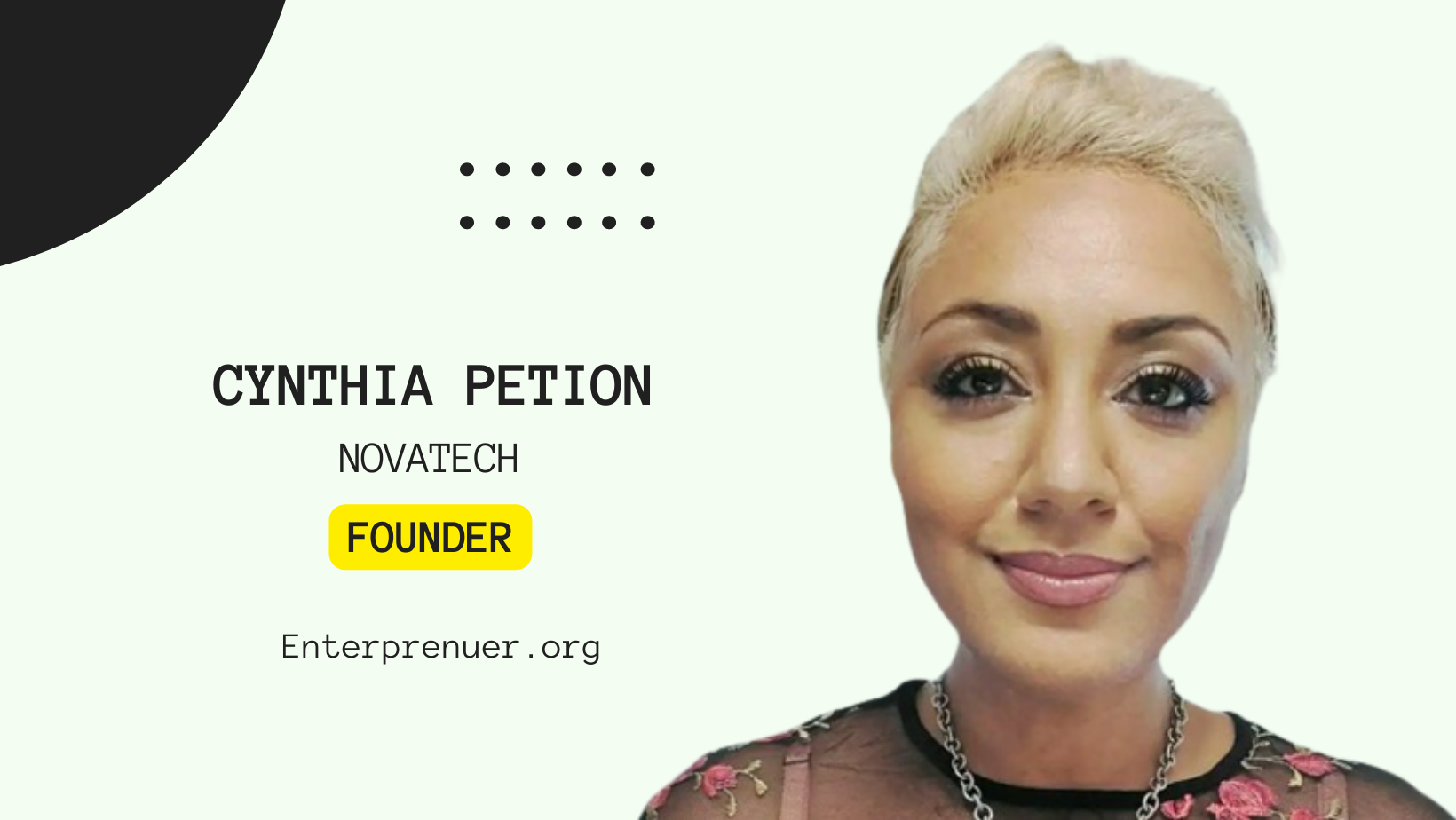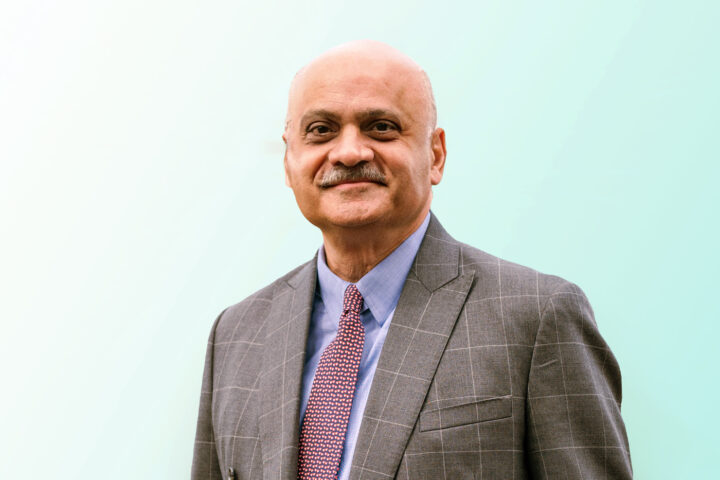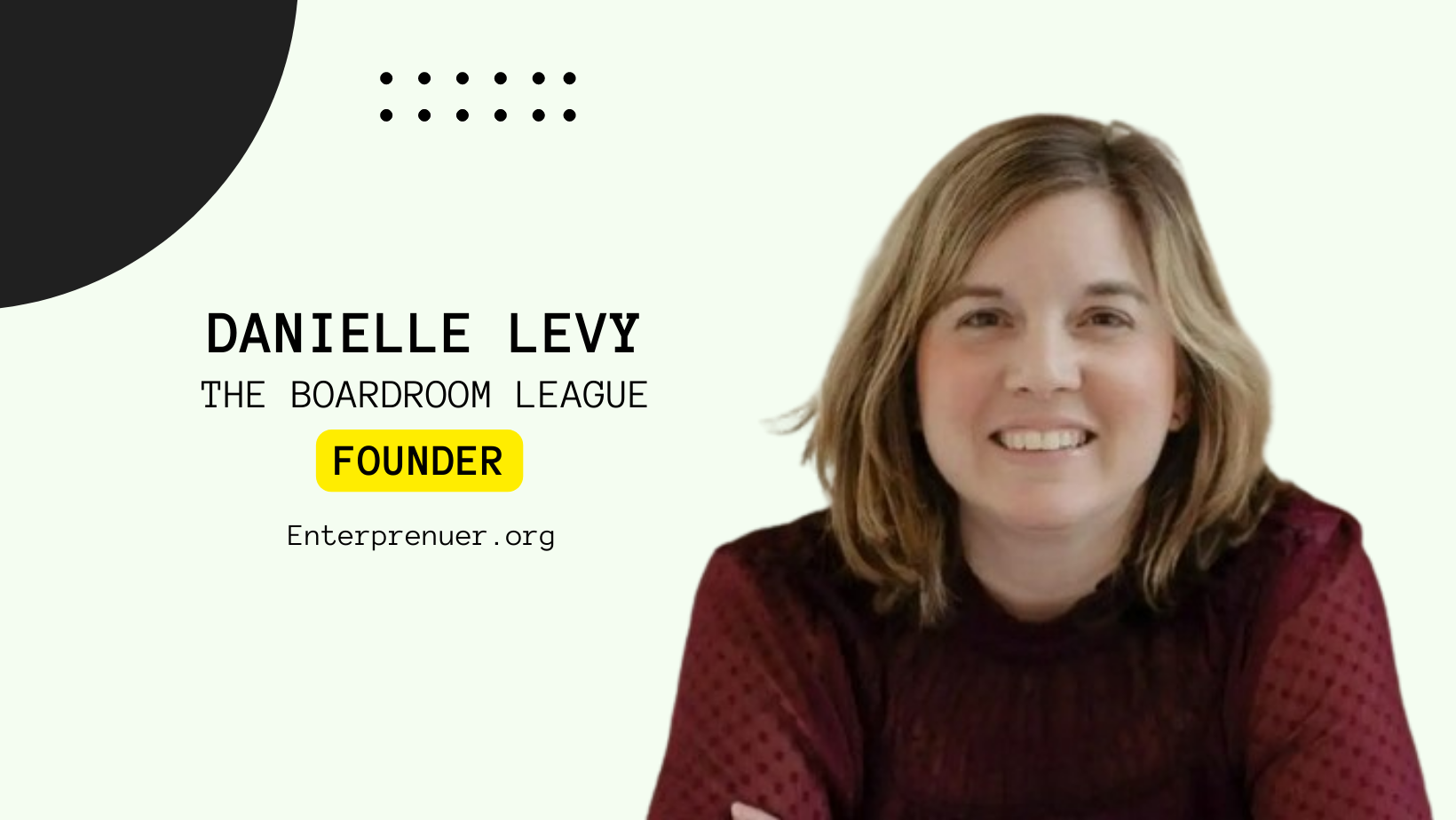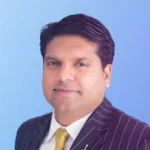Robert Mendonsa is a board-certified orthopedic surgeon from Flower Mound in Texas.
He moved to Kenya in 2008 after he left his private practice.
In January 2011, he and Julie started Naomi’s Village Children’s Homes.
Today, the home provides care for 89 children without parents.
The couple opened cornerstone Preparatory Academy (2013), and LEAP Preschool 2017 was added to their portfolio.
These schools provide a holistic education for 380 students each day.
They also started community development programs that play an essential role in alleviating generational poverty in Kenya’s Great Rift Valley.
Robert was also involved with CURE Intl. At the same time, he worked to establish the ministries.
From 2008 to 2019, he was a volunteer orthopedic surgeon in Kijabe (Kenya).
He taught sports medicine, shoulder, and arthroscopy to Kenyan residents.
He also took service trips to Somaliland and the Democratic Republic of Congo.
He treated dozens of patients suffering from war-related injuries, motor vehicle traumas, congenital anomalies, and tumors.
Robert and Julie have two children. Emily (24) is a first-year student at the Keck School of Medicine, USC. Will (22) is a Columbia University graduate student. Both were educated in Kenyan high schools.
Bob lives in the Great Rift Valley of Kenya near Longonot.
What is the story of the idea for Naomi’s Village Children’s Home?
My wife Julie and me were in Dallas’ suburbs, sitting on the bullseye for our American Dream.
We had no lingering desires for anything else.
A new door suddenly opened. Our family made four trips to Kijabe in Kenya between 2003 and 2007.
I was an orthopedic surgeon there for seven months.
We joined in with the poor communities surrounding us during breaks while caring for patients.
One truck stop in the valley below the hospital was hit hard by the HIV epidemic, leaving behind an orphan crisis.
Tragic scenes were all around: an ailing grandmother caring for nine children in a shack of cardboard and burlap sacks, a baby left to die in a ravine, and two toddlers sitting next to the Trans-African Highway, their eyes as empty as ghostly houses.
Many children were left without parents and living in poverty due to their generational past.
What was their history? What was their future? Once sheltered in suburbia, our hearts had become dry because we didn’t have to accept the lives of others.
It was as if we were always grieving the daily torments of others.
These terrible circumstances were like unjust and violent storms that ripped apart what was right.
We became more familiar with the lives of individual children in Kenya and started to do our part by helping them in practical ways.
It was impossible to ignore these realities as we did in the past or to sum up the struggles of the unknown aphoristically.
It was a joy to know faces and names and help carry the burdens of children.
It was impossible to return to the Western hustle and forget the bitterness that flooded our hearts each time we thought of their sad stories and withered bodies.
Global issues such as poverty and the AIDS epidemic in Africa had sunk deep into our hearts, making them seem shockingly personal.
It is the decision to cross a line and never return, to say yes to something beyond comprehension…I think it can be described in its most basic terms as a choice. Sometimes, however, one’s heart hurts so much that turning away would mean giving up on a fate worse than apathy.
However, statistics portrayed the orphan crisis as an “unwinnable struggle.”
Sub-Saharan Africa had more than 50 million childless.
UNICEF statistics show that children’s homes were failing to fulfill their mission.
This massive humanitarian disaster was not lessened by the thousands of orphanages with inadequate resources.
We left Texas in 2008 to move to Kenya, determined to do our part and engage.
There didn’t seem any other honest way to live from that point on.
Surrender brought with it an idea. It was as if it had been waiting in the middle of the Southbound road from Texas to Kenya.
Sometimes, you don’t know the next step until you take action. Only then can you see the true potential.
We accepted that we would never solve the crisis entirely in our lifetimes.
However, we got our essential role and took on this challenge regardless.
The epiphany came when we realized that these children were an enormous potential army, waiting for us to develop, empower, and help the rest.
These children were struggling and a vast treasure trove of human wealth that needed redemptive care.
They also showed us how to live life with purpose.
They had to see them as the solution for their nation’s problems.
They had to learn to be servant leaders who helped bring about a brighter future for Kenya.
We didn’t know how it would work, but we knew that we had to start.
We started with 100 orphans left behind by violence and abandonment.
Our goal was to create a lasting ripple effect through these children.
The first group of children needed to be leaders and received training in the field to help others.
This was and is the vision behind Naomi’s Village Home in Kenya and its associated programs.
They were born from the need to act, the willingness and ability to take risks and the recognition that Kenya’s young citizens had the potential to make a lasting impact.
How do you stay productive?
7 a.m. At 7 a.m., I wake up to the sound of children’s voices mixed with the sounds of construction.
Our house is on a 24-acre parcel converted from barren land into a premier K-12 school for 1000 students from the Great Rift Valley.
Cornerstone Preparatory Academy must use every space and building that is available.
Our school has many children who need our help, even those who aren’t Naomi’s Village orphans.
These children live in poverty, lack primary healthcare, and often lack access to good schools.
More than 380 children are being educated and fed.
They also receive deworming medication, medical care, life skills training, and early exposure to music, drama, and art.
All receive counseling regularly and are protected from abuse, neglect, or exploitation.
I participate in senior planning meetings with Kenyan staff.
I also visited our high school construction site and assessed our kitchen and health center operating procedures.
My top priorities include supervising department leaders, building and encouraging communication, ensuring proper resource use, and fundraising.
My scheduled meetings are often spliced together with constant electronic communications between a dozen Kenyan leaders at the children’s preschool, school, and home.
They all sit on separate properties approximately 4 miles apart.
My Toyota Land Cruiser Hardtop and I regularly race down the Trans-African highway on the two-lane Trans-African road from school to children’s home.
We play chicken with semi-trucks, motorcycles, and donkeys, as well as meandering herders.
Our American office team is 9 hours ahead in African Standard Time.
Things are just getting underway in Dallas as I finish my Kenyan workday.
It is not unusual for me to work until midnight.
Clear communication is key to maximum productivity.
This includes communicating in multiple formats and using dialogue.
Effective communication between team members can reduce productivity, like misunderstandings or lack of buy-in.
How do you bring ideas to life?
Taking a great idea from conception to realization takes vision casting to staff, givers, attention, and stewardship of limited resources.
It also requires trial and error and the building of the right team.
All stakeholders are welcome to participate in strategic planning.
It takes sweat equity for others to set goals and help them plan strategies to achieve them.
This will keep them focused on the long-term goal of achieving lasting change.
Our leaders should take every opportunity to share their vision with others to make our dreams a reality.
We also emphasize perseverance and hard work despite limited early results.
What’s your favorite trend?
Recently, I was intrigued by the tiny home-building movement.
It has helped tens of thousands of homeless people get off the streets of the U.S. and U.S.stored dignity and community to their lives.
Box has created a 400 square foot home. A 400 sq. ft. factory-built house can be folded from a small, easy-to-ship box in just a few hours.
The 3-D concrete printers are also a valuable tool that can be used to simplify creating small, durable, and beautiful homes for the chronically homeless.
These have implications for the practical elimination of poverty’s oppressive terms in Kenya.
What habits make you productive?
Julie and Mine have been most productive when faced with two seemingly contradictory realities: the impossibility of the task at hand and the inability to admit defeat.
The mere fact that millions of orphans live in Africa should dampen our enthusiasm to tackle the problem.
The staggering numbers are paradoxically a source of inspiration every time they come up.
We’d rather win one big fight than a lot of smaller, less important ones.
It is enough to know that we gave everything in our power to this critical task.
Others will complete the vision. It doesn’t matter when we do what, but it is crucial to recognize the time. It is the highest task that will lead to productivity.
What’s your advice for the Noob?
I believed that life should be managed and protected when I was young.
My life was lived in the future, not the present.
It is now clear that my life was meant to live fully and without fear.
My younger self should believe that life is not something to be controlled or held on to.
It should know that every moment it slips through its grasping fingers.
Each one is unique and beautiful, so they will never be rediscovered.
What is one thing we can all agree on?
The world is broken down through and through.
No amount of Pollyannaish optimism or further advancement of humanity will change this empirically proven fact.
The introduction of new ideologies will not change that politics cannot.
Each human is born with a genetic bentness, and no one can change that.
Each of us is responsible for our fate. We need to recognize our need for forgiveness, acceptance, redemption, and understanding who we are.
Not those who offend the most are those who are most frustrating, but those who can’t seem to admit their weaknesses and commit an offense are most frustrating.
We can see ourselves as broken pilgrims searching for forgiveness and need to be forgiven.
This is how we get to a better place. We give up trying to lead and accept our inability to find the right path.
Then we follow our Maker. After spending time reading various religious thoughts and books worldwide, I believe that the Bible is the best way to get home.
A corollary to this is that we may as well accept bittersweetness in the form of a familiar, warm blanket and not a sudden burst with cold air.
The richest joys in life are mixed with minor hints of pain, like the cross-fibers of exquisite fabric.
While the world’s beauty, goodness, and miracles tell us of a once-perfect start, its tragedies show us that it has fallen for all of us.
This striking dichotomy can’t be ignored if you pay close attention. Unfortunately, many Western intellectuals are practical atheists and secular humanists.
They prefer a more complicated explanation too simple realities.
Being a doctor trained in scientific methods, I often feel at odds with my profession and desire a settled interpretation of my evidence.
What do you recommend as an entrepreneur?
My team is built through constant and deliberate communication about Naomi’s Village and the details I want to see implemented to achieve it.
My number one asset is my team. Therefore, no compromises can ever be made to ensure that they are the best at what they do.
Communication is key.
What’s your rich strategy?
We decided that Naomi’s Village would not rely on large monthly donors to support a “cause” like the African orphan crisis.
This was not a long-term strategy that could be sustained, especially in economic decline when donors drop off.
We had to get thousands of people to donate small amounts each month to children we helped build a relationship with.
Naomi’s Village should be like a village made up of people connected to children.
We wanted village members to share an honest financial relationship with us, but not too stressful.
This approach helped us raise an army of helpers that made it easier for other tasks, such as capital fundraising to build school buildings and buy buses.
How do you overcome Failure?
Inexperienced but well-meaning friends were my first hires for Naomi’s Village’s U.S. ofU.S… Some of them stayed longer than they needed to despite being unfit.
This caused undue stress for us all and slowed down our progress.
To run the U.S. opU.S.ions, I had to learn how to interview and hire highly qualified and experienced individuals and give the reins to them.
Can you share a business idea?
Since childhood, I’ve wanted to see care for orphans and vulnerable children living in poverty be “franchised” or increased.
Five decades of research have shown which early childhood care programs and poverty interventions are the most effective.
It also revealed which ones provide the highest value per dollar.
Someone should have compiled all this information into one model.
This model would contain all the materials, training, and programs needed and blueprints for buildings, hardware, software, staffing, cost, and other details.
If there were a replication of the results that have been proven effective, funding would be readily available.
This would make it more cost-effective to address global poverty.
What’s your recent best buy?
Two hardshell carrying cases were purchased recently for our laptops.
These cases double as lap desks and keep all our cords arranged.
They also protect our laptops from the dust and road impacts of Kenya’s rural environment.
What are your favorite Softwares or Apps?
Julie and I visit donors twice a calendar year across the U.S. to iU.S.rease awareness and support Naomi’s Village.
We don’t like spending time stuck in traffic or not being able to find speed traps.
Waze is an excellent way to keep track of the road ahead and identify any traffic police or other obstructions.
Which book would you recommend?
I recommend Mountains Beyond Mountains by Tracy Kidder, Pulitzer Prize-winning author (New York: Random House 2003).
The story of Dr. Paul Farmer is a Harvard infectious diseases specialist who founded a rural hospital for Haitians.
As Dr. Farmer works tirelessly to care for his patients, the author attempts to follow him for one year.
He travels around the globe lecturing at forums about the treatment of resistant strains.
The author also strategizes to eliminate poverty and other global health concerns with his team.
Never before has a book made me think more deeply about how I should be living my life.
What’s your favorite quote?
“And once your life is a good story, it’s hard to go back to normal.
You can’t return to the meaningless scenes of your life that you made while editing your own. Nashville, TN: Thomas Nelson 2010.
TL;DR by Robert Mendonsa
- In developing countries like Kenya, children, particularly those who grow up in poverty, are still very undervalued.These nations could make great strides towards eliminating generational poverty by focusing more resources and effort on raising these children and giving them the tools to be future change agents.
- Positive change is possible only when people are determined to work together and take on seemingly impossible challenges.
- Life is relentlessly moving forward, much faster than we would like. You can live for the sake and benefit of those who are suffering, while you still have a chance. There will be no regrets in that.

